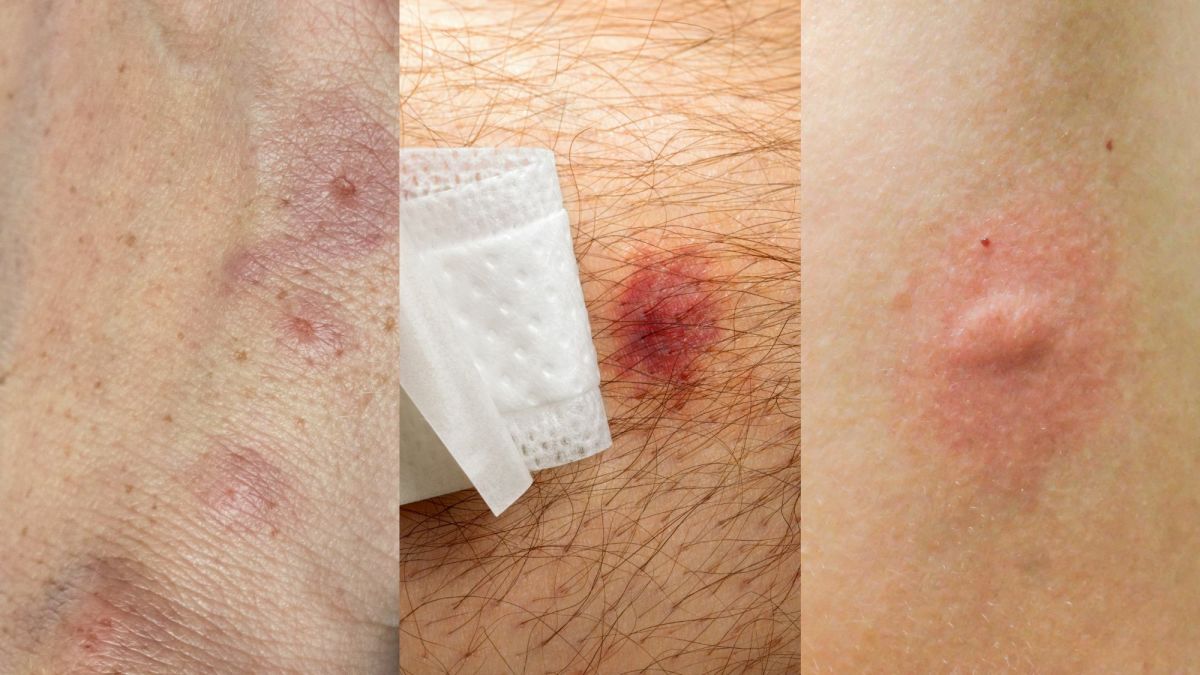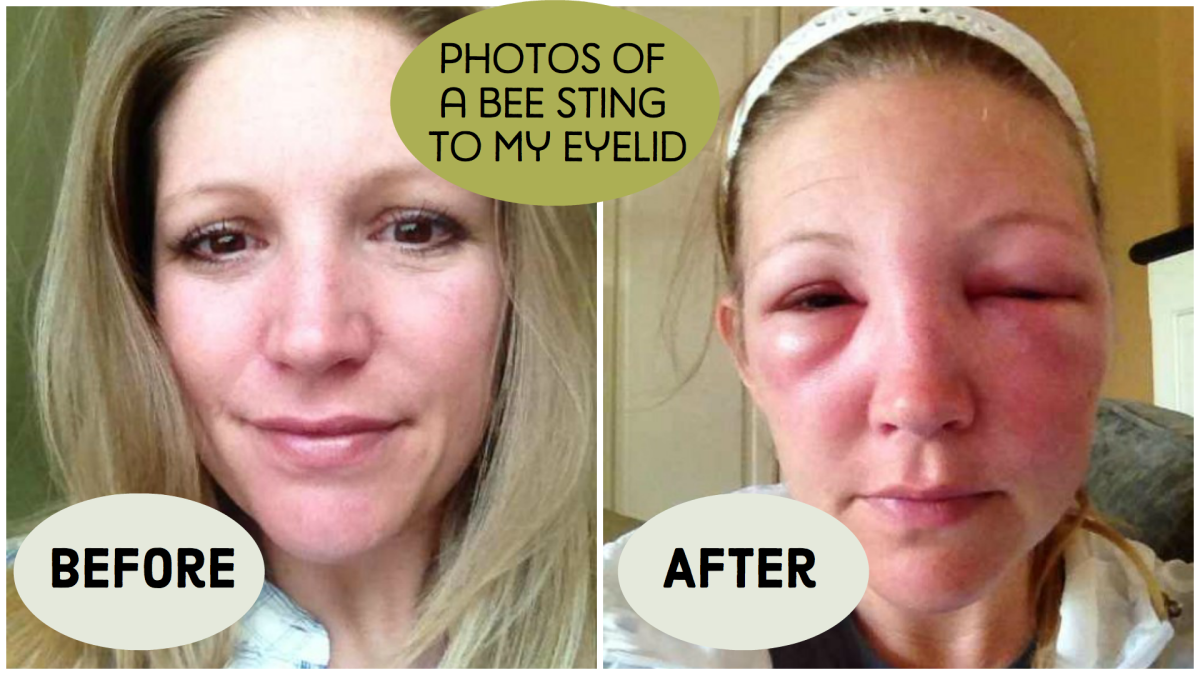Allergic reactions from bee stings can be deadly - symptoms and awareness

Anaphylaxis resources
Most people know the pain of being stung by a bee or other types of flying insects. The sting really stings for a bit, and then the pain eventually subsides. Not for everybody, however. For some people, the reaction is far more severe and can even be fatal. It is important to know that in many people, a previous allergic reaction may have not occurred. An adult or child may develop a life-threatening reaction even though they have never shown systemic signs of it in the past.
The typical reaction for a bee sting is a burning pain at the location of the sting. A small welt will sometimes form around the area and a small white dot may appear where the insect stinger pierced the skin. The area around the sting may have some slight swelling. These are normal symptoms to a sting. Any bee stings should be monitored for advanced reactions.
For some people, when stung, the reaction may be slightly more severe. The reaction may last for a couple days and can include swelling that increases beyond the day of the sting. This local reaction may dissipate after a period of five to ten days. This type of reaction may be a risk factor for a future anaphylactic reaction.
Reactions for others are far more severe. This type of severe allergic reaction is called "anaphylaxis". This reaction can be deadly and requires rapid medical treatment. Anaphylaxis is developed by about three percent of people when stung by a bee.
Some of the common anaphylaxis symptoms include:
- Troubled breathing
- Increased and weakened pulse
- Skin reactions on other areas of the body from the sting
- Hives
- Pale skin
- Fainting and dizziness
- Lightheadedness and loss of consciousness
- Abdominal pains
The primary treatment for anaphylaxis is Epinephrine. This should be administered as soon as a diagnosis of anaphylaxis is suspected. Additional injections may be necessary. Additional medical measures may be necessary for a person suffering from anaphylactic shock. In some instances, death may result within minutes.
Anaphylaxis can be treated by determining the trigger of the reaction (if unknown). Immunotherapy can be conducted to prevent future anaphylactic reactions. Immunotherapy is essentially desensitization and involves increasingly large doeses of the allergen over a period of time until the body becomes more resistant to it. Future stings have a significantly decreased reaction.
People known to have anaphylactic reactions should have a plan of action of how to respond in the event of a sting. This is particularly important with children, as fatalities are higher for young people. A doctor can prescribe a EpiPen injector (Epinephrine) in case of emergency. This should be carried and the person should know how to use it or have it administered to them if necessary. Any bee sting should be monitored for a potential allergic reaction.
Medical Disclaimer: The information provided in this article is for informational purpose only. This information is not for use as medical advice. Seek advice or treatment from a medical professional.









